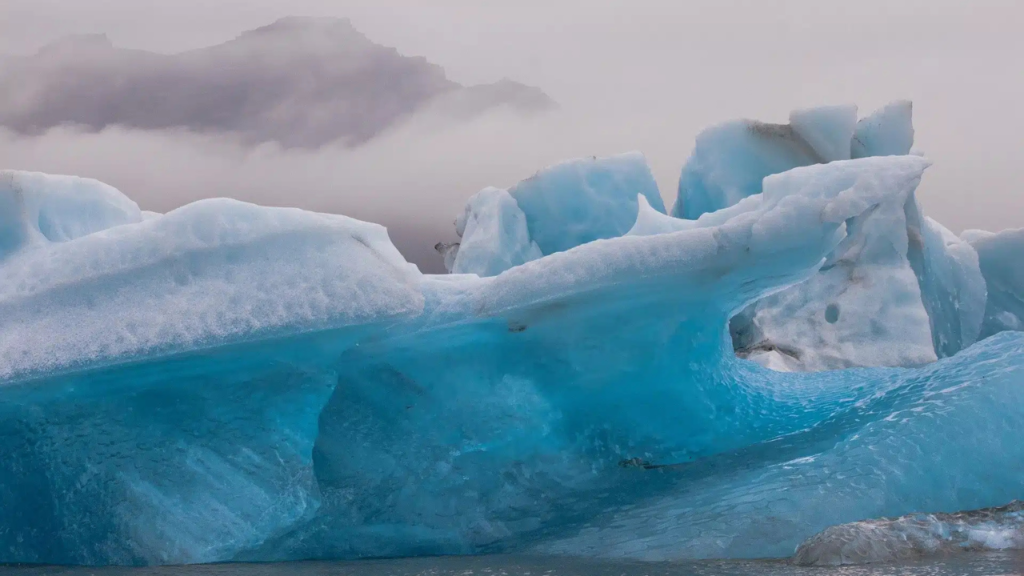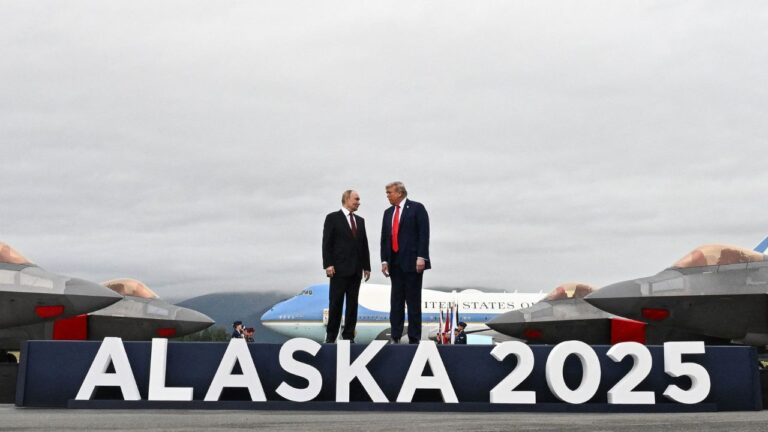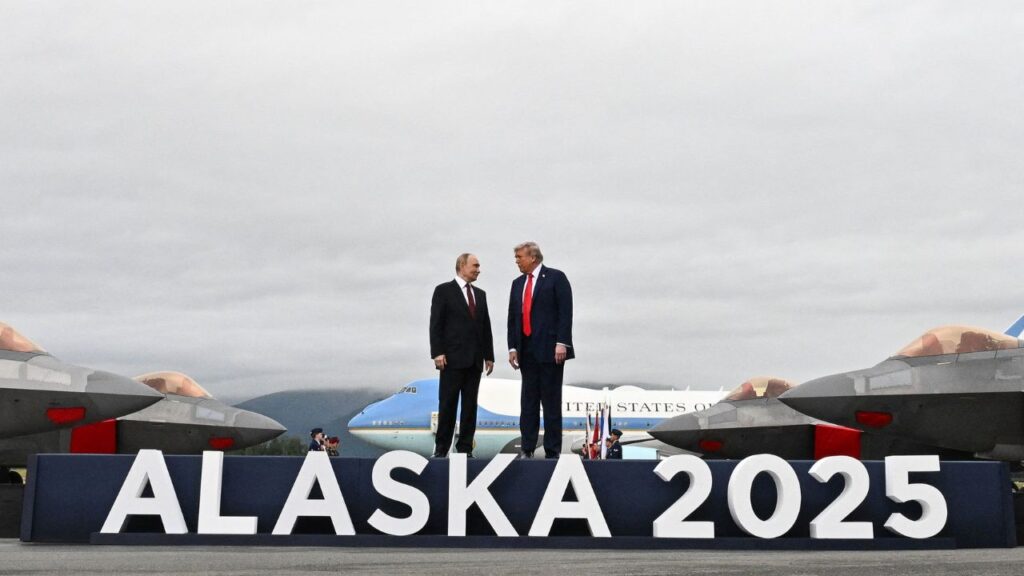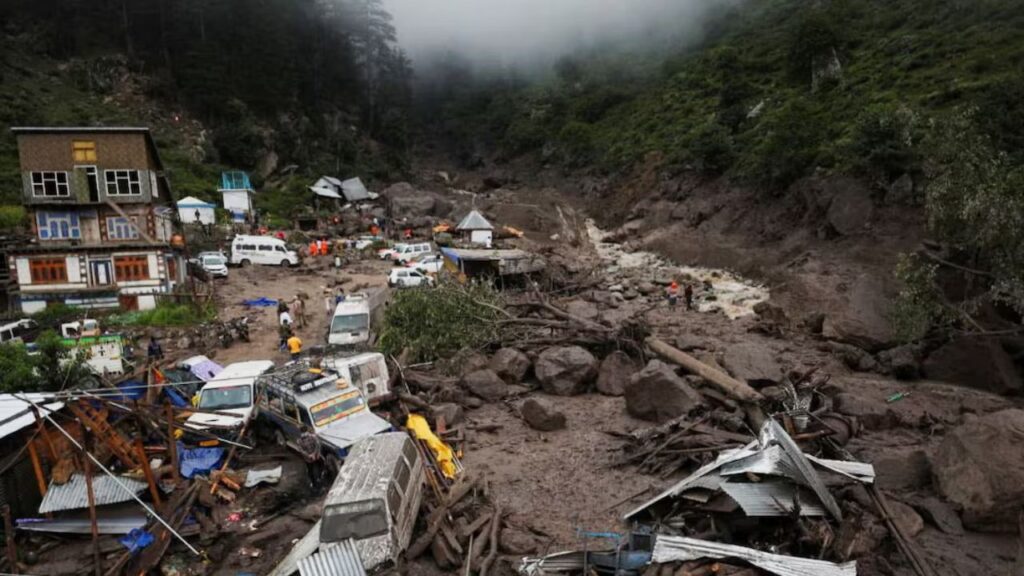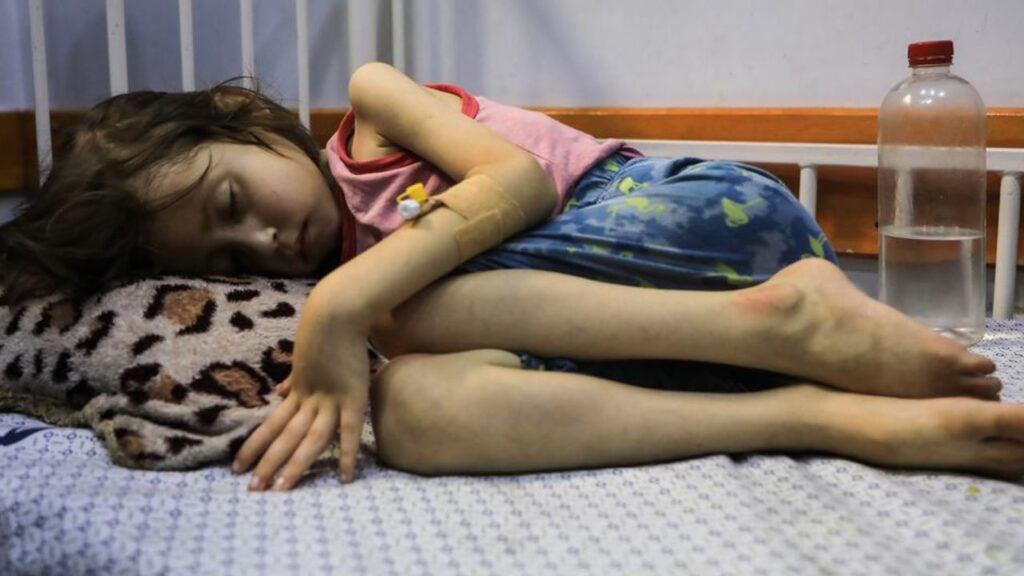As the world grapples with the escalating impacts of climate change, the glaciers of Sweden and Norway—once majestic symbols of the Nordic landscape—are vanishing at an alarming rate. According to the EU’s Copernicus Climate Change Service, 2024 was Europe’s hottest year on record, with temperatures soaring 2.3°C above pre-industrial levels. This unprecedented warmth has accelerated the melting of glaciers across the region, with an average ice loss of 1.8 meters recorded in 2024 alone. Scientists warn that without immediate global action to curb greenhouse gas emissions, many of these ancient ice formations could disappear within decades, threatening water supplies, ecosystems, and contributing to rising sea levels worldwide.
The rapid retreat of glaciers such as Sweden’s Storglaciären, the country’s largest, and Norway’s Langfjordjøkelen has sent shockwaves through the scientific community. These glaciers, which have existed for thousands of years, are shrinking at a pace that far outstrips natural cycles. The Swedish Glaciology Network, in collaboration with Norway’s Institute of Marine Research, reported that some glaciers lost up to 2.5 meters of ice thickness in 2024, a rate described as “catastrophic” by Dr. Erik Huss, a leading glaciologist at Uppsala University. “These glaciers are not just ice—they’re critical for energy production, agriculture, and drinking water,” Huss said. “Their loss will have ripple effects across the region and beyond.”
The primary driver of this crisis is anthropogenic climate change, fueled by decades of carbon emissions from fossil fuels, deforestation, and industrial activities. The Arctic region, which includes parts of Norway and Sweden, is warming at nearly four times the global average, a phenomenon known as Arctic amplification. This has led to prolonged heat waves, reduced snowfall, and shorter freezing seasons, all of which exacerbate glacial melt.
The Intergovernmental Panel on Climate Change (IPCC) projects that under a high-emissions scenario, four out of five Swedish glaciers could vanish by 2100, while Norway’s glacier coverage could shrink by 90%. Even in a best-case scenario, where global warming is limited to 1.5°C, significant losses are inevitable.
In Sweden, Storglaciären in the Kebnekaise mountain range has become a focal point of concern. Once a sprawling ice field, it has lost nearly 30% of its volume since the 1990s. Last summer, the glacier’s southern peak, long considered Sweden’s highest point, was overtaken by its rocky northern counterpart due to ice loss.
Norway’s glaciers tell a similar story. Langfjordjøkelen, located in the Finnmark region, has retreated by over a kilometer since the 1980s, leaving behind barren rock and sparse vegetation. The glacier’s meltwater, which feeds rivers and hydropower plants, is critical to Norway’s renewable energy sector, which supplies nearly 98% of the country’s electricity. As glaciers dwindle, hydropower production could face disruptions, forcing reliance on less sustainable energy sources.
The implications of this melting crisis extend far beyond the Nordic region. Glaciers store approximately 70% of the world’s freshwater, supporting millions of people globally. In the short term, increased meltwater has swollen rivers, raising the risk of flooding in low-lying areas. However, as glaciers continue to shrink, river flows will diminish, leading to water scarcity in regions dependent on glacial runoff. In the Nordic context, this threatens rural communities and industries like fisheries, which rely on stable water systems. Globally, the melting of glaciers contributes to rising sea levels, with Nordic glaciers alone adding to the 2 cm global rise observed since 2000. By 2100, sea level rise could displace millions in coastal cities, from Copenhagen to Mumbai.
The ecological toll is equally devastating. Glaciers support unique ecosystems, providing habitats for cold-adapted species like Arctic foxes, ptarmigans, and specialized microorganisms. As ice retreats, these species face habitat loss, pushing them toward extinction. In Norway’s Jotunheimen National Park, home to several glaciers, park rangers have reported a decline in alpine flora and fauna, with once-thriving mosses and lichens giving way to invasive species better suited to warmer climates. “We’re losing entire ecosystems,” said Maria Lindgren, a ranger at the park. “The glaciers are like the heart of these mountains, and without them, everything changes.”
The cultural significance of glaciers cannot be overstated. For indigenous Sami communities in Sweden and Norway, glaciers are sacred landscapes tied to their heritage and livelihoods. Reindeer herders, who rely on glacial areas for summer grazing, are facing shrinking pastures as ice gives way to rock. “The glaciers are part of our stories, our identity,” said Aila Nilsen, a Sami elder from Tromsø. “Their loss feels like losing a piece of our soul.” Efforts to preserve this cultural heritage are underway, with organizations like the Sami Parliament advocating for stronger climate policies and sustainable land management.
Despite the grim outlook, there are glimmers of hope. Advances in glacier monitoring, using satellite imagery and drone technology, have improved our understanding of melt patterns, enabling more accurate predictions. In Sweden, the Tarfala Research Station, located near Storglaciären, has become a hub for international collaboration, hosting scientists from across the globe to study glacial dynamics. Norway’s government has invested in “glacial refreezing” experiments, which involve pumping water onto glaciers during winter to replenish ice. While these efforts show promise, they are no substitute for systemic change.
The root cause of glacial melting—global greenhouse gas emissions—requires a coordinated international response. The Paris Agreement’s goal of limiting warming to 1.5°C remains critical, but current pledges fall short. Sweden and Norway, both leaders in renewable energy, have committed to net-zero emissions by 2045 and 2030, respectively, but their efforts alone cannot halt global warming.
Public awareness is also growing. In Stockholm, climate activists staged a protest last month, calling for stronger action to protect glaciers. Schools across the region have incorporated climate education into their curricula, teaching students about the importance of glaciers and the consequences of their loss.
As the Nordic glaciers continue to melt, they serve as a stark warning of the broader climate crisis. These “time capsules” of Earth’s history, which hold records of past climates in their icy layers, are disappearing before scientists can fully study them. Their loss is not just a regional tragedy but a global one, underscoring the urgent need for collective action. From reducing emissions to investing in sustainable technologies, the path forward requires bold, immediate steps. For now, the glaciers of Sweden and Norway stand as fragile sentinels, reminding humanity that time is running out to preserve the planet’s frozen heritage.

